Summer Rash Alert! Decoding the Health Secrets Behind Your Baby's Little Red Spots - 90% of Parents Misidentify Them!
Summer Rash Alert: Decoding Little Red Spots
Under sweat-dampened clothes, patches of rashes are quietly appearing on children's skin...
According to a report from the Chinese Dermatology Association, summer skin-related doctor visits are about 30-40% higher than in other seasons. WHO data further highlights that the global incidence of summer skin diseases increases by 20-50% compared to winter, with many cases involving delayed treatment due to parental misidentification of the rash type!
When delicate red spots appear on your baby's tender skin, is it prickly heat? Eczema? Or a sign of an infectious disease? Today, we unlock the complete guide to identifying summer rashes to protect your child and ensure a safe summer.
A Guide to Five Common Summer Rashes: Reading the Skin's 'Distress Signals'
Prickly Heat (Miliaria): A Sign of Sweat Backup
#Characteristics:
△ Dense, pinhead-sized blisters or papules, often surrounded by redness.
△ Common in "sweat-trapping areas": neck folds, chest, back, armpits, diaper area.
△ Child often feels significant prickling or itching, which lessens when temperatures cool down.
#Key Care:
△ Cool down! Keep dry! For mild cases, apply calamine lotion. Avoid scratching.
△ Remember: Prickly heat dislikes oily ointments, which can block pores and worsen it!
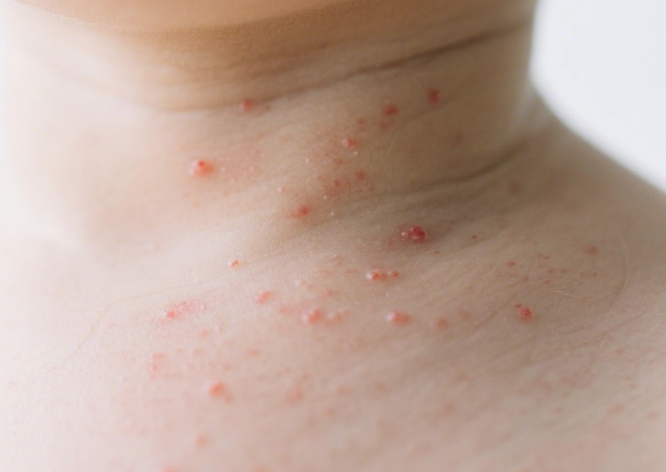 Eczema: A Double Whammy of Dryness + Allergies
Eczema: A Double Whammy of Dryness + Allergies
#Characteristics:
△Patches of confluent redness and papules, with blurred, map-like borders.
△Oozing can be obvious in acute phase; skin becomes dry and rough in chronic phase.
△Often occurs on cheeks, inner elbows, behind knees. Itching often worsens with heat.
#Key Care:
△Eczema requires moisturizing, not drying! Avoid overly hot bath water.
△For mild cases, use gentle, fragrance-free moisturizers. For severe cases, use low-potency steroid creams under doctor's guidance.
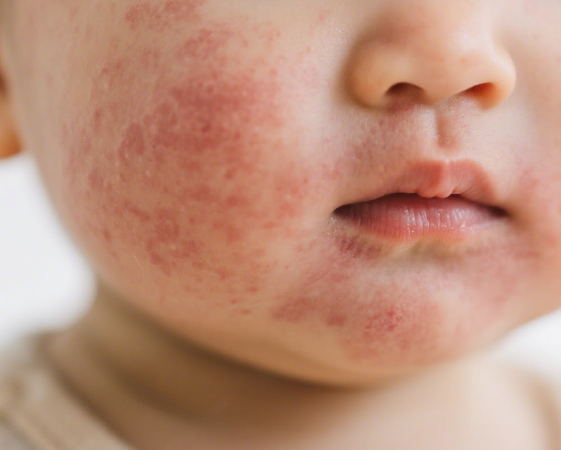 Urticaria (Hives): The Elusive 'Impostor'
Urticaria (Hives): The Elusive 'Impostor'
#Characteristics:
△Sudden appearance of raised welts of varying sizes, resembling large mosquito bites.
△Individual welts typically fade within 24 hours but new ones may appear.
△Can indicate food allergies, insect bites, or temperature sensitivity.
#Key Care:
△Avoid scratching! Keep nails short. Cool compresses can relieve itching.
△For recurrent episodes, investigate potential allergens.
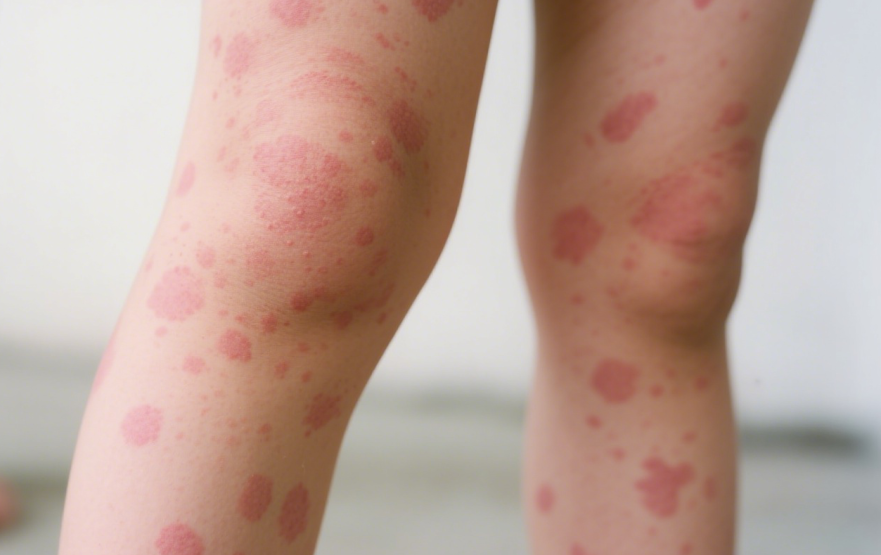 Hand, Foot, and Mouth Disease (HFMD): A Viral Red Flag
Hand, Foot, and Mouth Disease (HFMD): A Viral Red Flag
#Characteristics:
△Non-itchy red spots or blisters on palms, soles, and inside the mouth.
△Often accompanied by fever, refusal to eat, and drooling.
△The rash typically does not ulcerate, crust over, or scar.
#Key Care:
Be vigilant for HFMD in children under 5. Seek immediate emergency care if symptoms like lethargy, limb tremors, or rapid breathing occur.
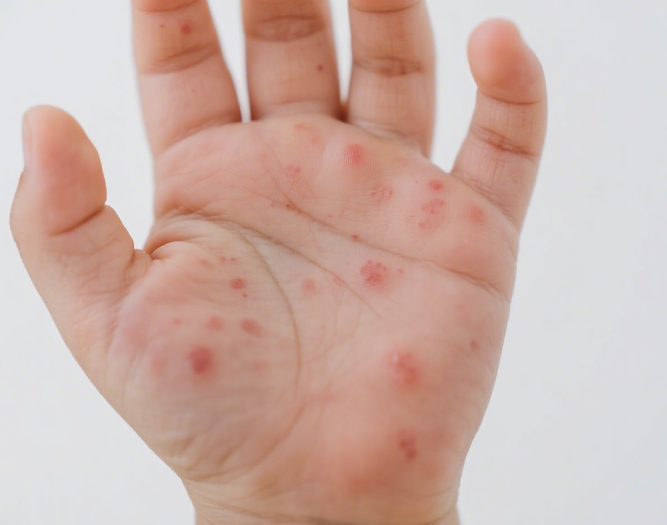 Insect Bite Dermatitis: The Mark of a Stealthy Assailant
Insect Bite Dermatitis: The Mark of a Stealthy Assailant
#Characteristics:
△Red papules, sometimes with a tiny central blister, often appearing in clusters.
△Common on exposed areas: limbs, face.
△Can develop into larger blisters or significant local swelling. Sensitized children might experience systemic allergic reactions.
#Key Care:
△Avoid tall grass/foliage. Use physical protection (light-colored long sleeves, fans). Use adult insect repellents on children with caution.
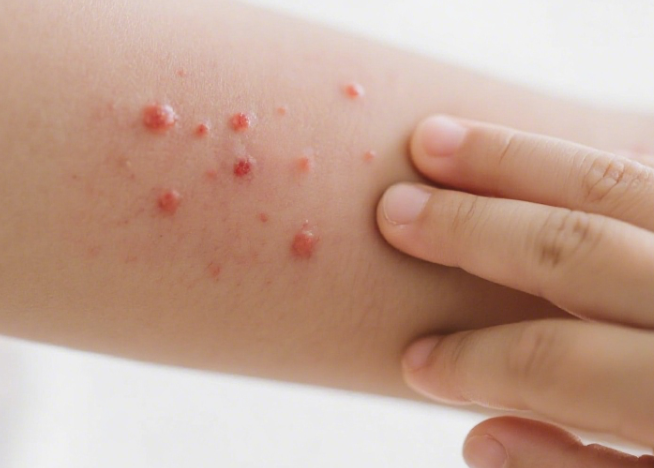 The Butterfly Effect: Gut Imbalance Behind the Rashes
The Butterfly Effect: Gut Imbalance Behind the Rashes
The coping methods mentioned above for various rashes primarily offer symptomatic relief. Many parents don't realize that the skin is a mirror of the immune system and gut health, often signaling underlying warnings about allergic tendencies!
The essence of allergy is an imbalance in the immune system. When the protective Th1 branch is too weak and the allergy-prone Th2 branch is overactive, the immune system can misidentify allergens. This triggers a cascade of immune reactions, releasing inflammatory mediators that manifest on the skin as various forms of swelling and itching – the different rashes we see.
Crucially, 70%-80% of the body's immune cells reside in the gut. Combined with the immune regulation of the "gut-skin axis," the state of the gut microbiota is closely linked to allergies!
In summer, factors like high heat, sweating, significant temperature differences between AC rooms and outdoors, and decreased digestive efficiency can more easily stimulate the skin, leading to various rashes.
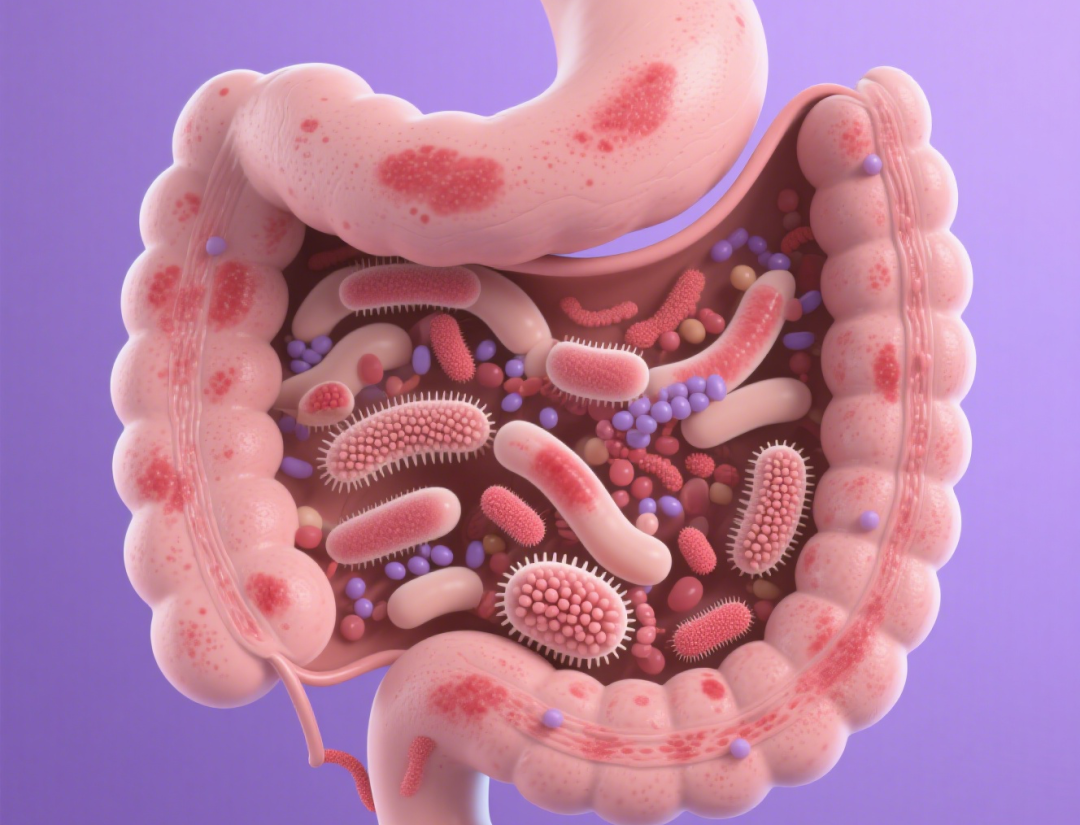 Building a Gut Barrier: Essential for Summer Immunity
Building a Gut Barrier: Essential for Summer Immunity
For children with sensitivities to enjoy a worry-free summer, besides scientific diagnosis and proper treatment, daily nutritional care is vital!
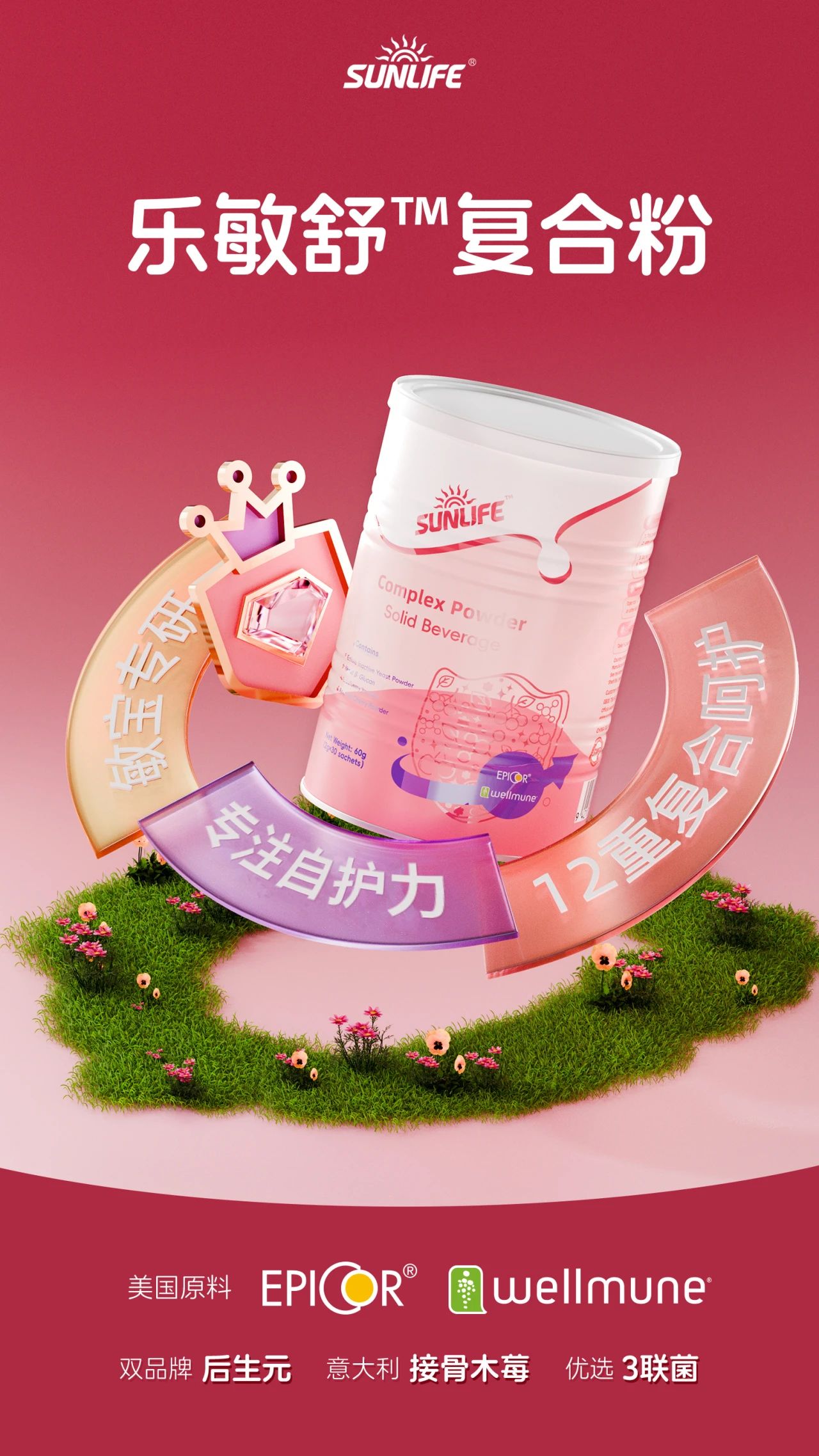
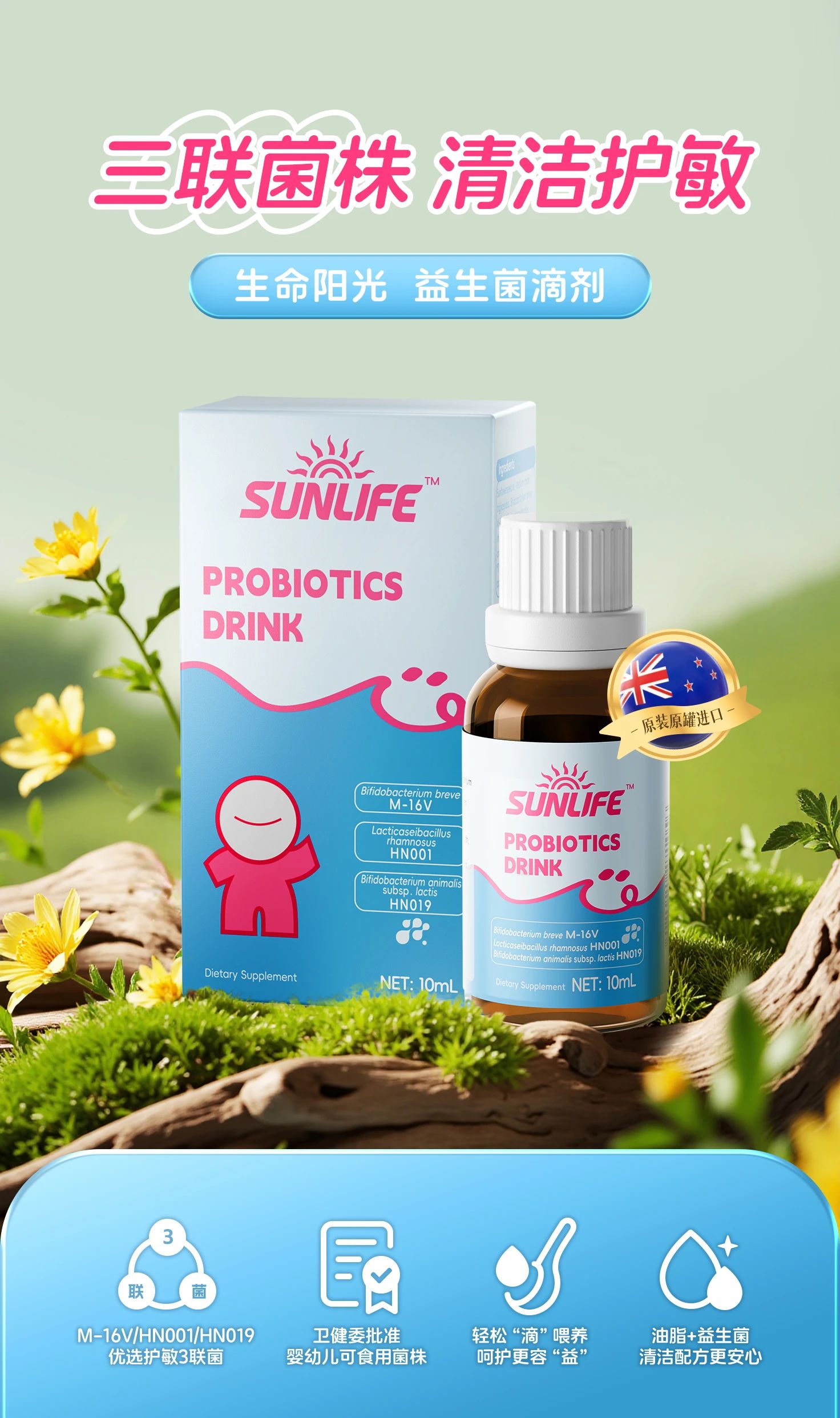 SUNLIFE New Zealand Allergy & Sensitivity Nutrition Series
SUNLIFE New Zealand Allergy & Sensitivity Nutrition Series
Providing safer care for sensitive children!



